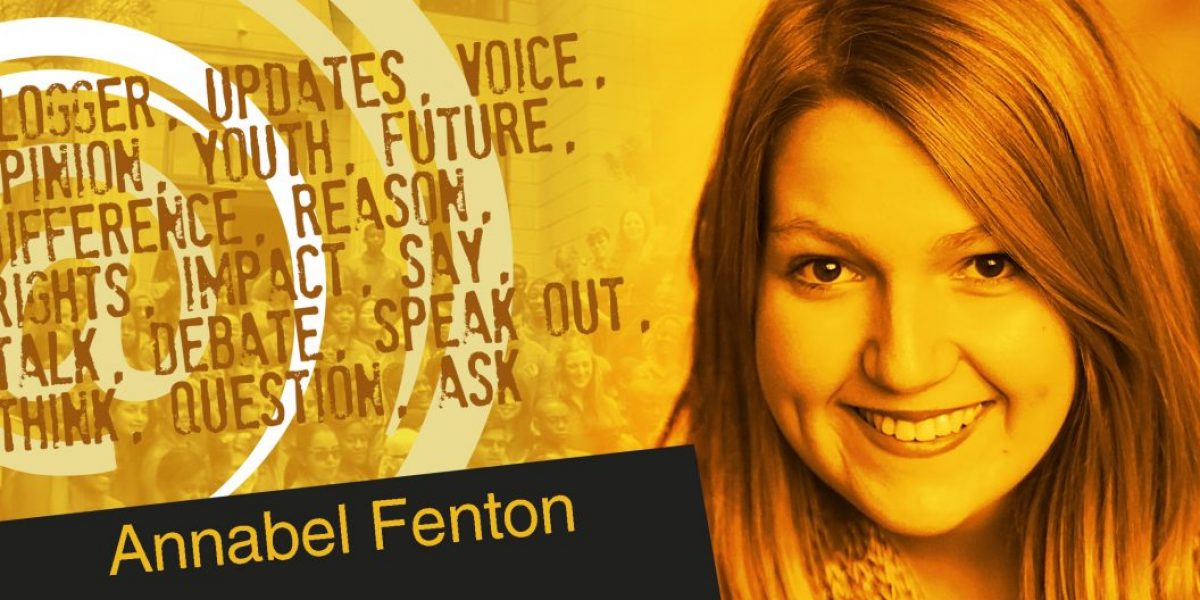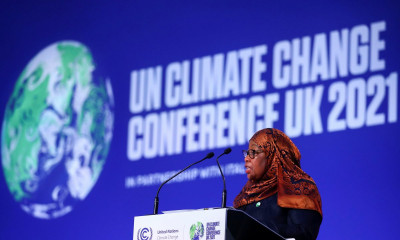As I read the draft document containing the proposed Sustainable Development Goals (SDGs), I was sitting in a bustling coffee shop in Braamfontein, the heart of Johannesburg. I read the targets relating to Goal 5 on gender and nodded my head. It was as I had expected – equal wages, safety for women, less abusive practices.
These are not new, mind-blowing targets. We have been fighting for the same things, more or less, since the suffragette movement that started during World War II. Yes, it is morphing and becoming more culturally-orientated, especially with African feminist movements, but gender equality and zero discrimination is what we’ve been speaking about for years. This worried me for a while because I had no new response to it all, because I have responded to these targets repeatedly since I first became involved with advocacy.
However, after some contemplation, I realised that my lack of surprise at the world’s women empowerment targets wasn’t due to a lack of inspiration on my part, or the fact that I had used up all of my ideas at the G(irls) 20 Summit and in SAIIA negotiations. Rather, it speaks to some failing on a bigger level: why is it that for years the international community has had its eyes on one goal they just never seem able to achieve?
One would assume that it is the result of stagnation or inaction. However, as I looked around that coffee shop, seeing working men and women alike, I couldn’t help but feel that South Africa is making progress: we are doing well in achieving these aims that we’ve been talking about. When analysing our progress on Millennium Development Goal (MDG) 3 relating to gender equality, we see that on the Social Institutions and Gender Index (SIGI) of the Organisation for Economic Co-operation and Development reported in 2014, South Africa ranked as the top country in sub-Saharan Africa. According to South Africa’s MDG Country Report, we have achieved four out of the seven MDG 3 targets, which relate to gender ratios in education, literacy, wage employment and seats in parliament, and are likely to achieve two more. In terms of legislation, we theoretically have gender equality in South Africa.
But we shouldn’t celebrate too soon. There is still a sinister undertone of brutality and bigotry present in our country. According to reported cases, a woman still gets raped every four minutes. This is just one facet of a bigger issue: gender-based violence. Moreover, patriarchy is still alive as sexist opinions are insinuated in regular societal interactions; for example, how girls are called sluts while men are praised for their sexual activity.
This, however, is not reflected in our progress on the MDGs. From that lens, everything seems great. We are supposedly passing with flying colours. That then poses the question: what are policymakers doing wrong? What actually is making gender equality such a long-standing, unsolved problem?
The answer that I pose today, as a young South African woman who still walks down the street in fear of being attacked because of my gender, is that we’ve been approaching development with regard to gender the wrong way. Changing laws in a progressive society such as South Africa is not as challenging as changing patriarchal mindsets that have underlined how we as a society function for thousands of years. While policy has always been thought of as purely legislative, unreachable to everyday citizens, this is not necessarily how it has to be.
My suggestion is that changing the very method with which we as a society interact with policy will fundamentally alter how effective that policy is, because in the end, we are the people who implement the policies – members of the private sector, people who hold our local political leaders accountable, and people who create and discuss societal stigmas like those about women.
From what I have observed with my work in the SAIIA Youth Policy Committee, this change is slowly happening. If we compare the processes by which the MDGs and the SDGs were created, we can see that these ‘high-level’ negotiations are becoming more accessible and democratic. No longer are policies made by a few old intellectual men sitting in a faraway room, policy is increasingly made by us. This was evident in the creation of the SDGs – the general public was involved in ‘TheWorldWeWant’ surveys and different stakeholders were consulted with, such as the Major Group for Children and Youth (MGCY). These are progressive and important steps, but we don’t have to stop there.
When looking at the SDGs, national leaders should look for ways to get buy-in from communities, and craft policy which does this. Make the policy less about ‘we as outsiders are stepping in,’ and more about ‘how do we engage with the men across South Africa to support each other in less patriarchal views?’ As discussed at length in 2013 after the brutal rape and murder of Anene Booysen, how do we teach perpetrators not to rape? How do we teach husbands not to be abusive? How do we teach men that they are not superior?
These are questions with people at the centre of them, but it should not be left up to the citizens alone to answer these questions. It is the role of international policymakers, especially looking at the post-2015 agenda, to ensure there is an incentive for governments to engage with their citizens about how to target these well-known problems. This sentiment should have been more present within the document Transforming our World: The 2030 Agenda for Sustainable Development. It is the role of government to foster discussion about why this has been such a long-standing problem, and to promoting the engagement of citizens by enabling community-based development. Only then will policies about gender equality begin to hit home.
While spaces like bustling coffee shops have the appearance of gender-equal spaces, representing a gender-equal society, this is merely the veneer of a deeply-rooted societal issue that we have been battling for as long as we have had societies. Thus, while legislative change is necessary for the first stages of achieving equality, focusing on these surface-level policies will not do any longer. It’s time to change the way we think about policy-making in order to help society change the way we think about women.







